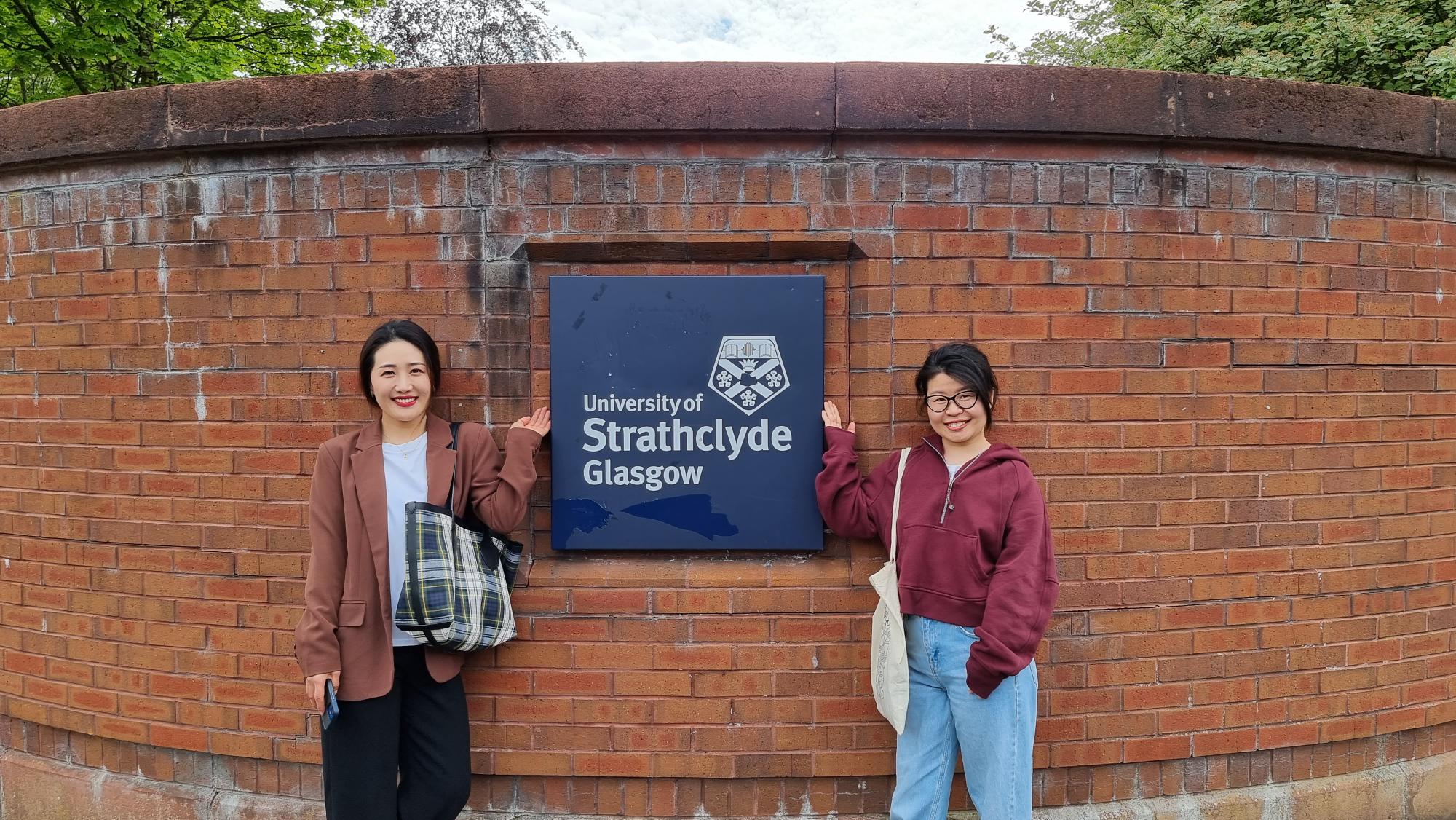Sponsored by University of Lima
Food science is a creative enterprise where curiosity and demand are the key drivers in what’s becoming a rapidly advancing area of science.
But what happens when such breakthroughs actually offer solutions to real-world problems and have genuine health benefits? We spoke with the experts at the University of Lima to find out more.
The functional drink that helps prevent diseases
Credit: University of Lima
A team of researchers led by Nancy Chasquibol Silva, researcher at the Scientific Research Institute (IDIC), at the University of Lima, has recently created a functional drink that is believed to be able to help prevent chronic non-communicable diseases, such as Type 2 Diabetes.
Thanks to the support of top-level, strategic, international alliances with the Institute of Fats (CSIC) in Sevilla, Spain, and the National Institute of Industrial Technology (INTI) in Argentina, the team were able to design a drink that acts as “a substitute for carbonated drinks, nectars and juices containing high levels of sugar and artificial colors that are harmful to health,” said Nancy.
“We based it on the trends of current consumers who seek to consume natural and healthy products with green labels, i.e. with functional ingredients, with no additives or added sugar.
“The drink has a high content of omega-3, natural antioxidants, vitamins and minerals, no saturated fats or trans fats, no added sugar, and low content of sodium.”
The project was born with a social perspective that was focused on promoting the commercial development of Peru’s rich biodiversity and helping prevent chronic non-communicable diseases.
Thanks to the microencapsulation technology and bioactive components that improve the drink’s nutritional and functional properties, the drink was turned into an antioxidant, anti-inflammatory, antidiabetic, cardioprotective, hepatoprotective, neuroprotective, anti-cholesterolemic and anti-thrombotic product.
Credit: University of Lima
“The industrialization of products from the Peruvian biodiversity such as sacha inchi and camu camu will improve the quality of life of farmers and their families. Moreover, using by-products such as peels of fruits like mango and camu camu will help reduce environmental impact,” added Nancy, who also works as professor of the Industrial Engineering undergraduate program at the University of Lima.
The research project is part of the University of Lima’s purpose to inspire the country with new ways of doing business under the banner of research that serves society. The project was also presented at the University of Lima during the I Functional Food Expo: Putting Value on the Peruvian Biodiversity.
Take a look at this short video to find out more.
Meatless meat for everyone
Advances in food science have seen the likes of plant-based meat substitutes become part of the everyday grocery basket and restaurant menu.
Environmental and health concerns about the quantity of meat produced and eaten by society have led to a notable rise in the production and consumption of vegetarian and vegan foods that mimic the taste, texture and image of genuine meat products.
From meatless burgers to meatless sausages, it’s believed these foods offer a healthy and sustainable take on familiar meat favorites, and it’s a bandwagon people are happily jumping onto.
Scientists are also working on developing lab-grown meat, which despite some sticky ethical questions, could one day offer a genuine solution in helping to reduce the animal agriculture carbon footprint as well as improve animal welfare.
CBD oil’s medicinal properties
There is a growing public awareness of cannabidiol – also known as CBD – and its potential health and medical properties. Research studies have found it can potentially help relieve anxiety and pain, while other studies have even found it can help reduce the number of epileptic seizures in some patients.
Although CBD is derived from the hemp plant, it doesn’t contain the psychoactive ingredient, THC. In very low doses in commercially viable products, such as olive oils and coconut oils, many use CBD oil in baking and cooking.
At the moment, there is still a severe lack of good scientific evidence to back up the supposed health benefits of CBD, but research is continuing.
Seaweed water capsules that help prevent plastic pollution
In a bid to reduce the number of plastic bottles used in this year’s London Marathon, volunteers handed out biodegradable water capsules to runners instead.
Over 30,000 capsules were handed out to runners who could either consume them whole, or simply bite into them to release the liquid inside.
The capsules were made of brown seaweed extracts as seaweed’s natural membrane makes it the ideal resource for creating a biodegradable product. No farmland, water or fertilizer is needed to harvest it either.
This means that if the capsules aren’t consumed then the discarded wrapping can simply be left to biodegrade in a matter of weeks (around the same amount of time as a piece of fruit).
If consuming seaweed water pods is what it takes to help save the world, then so be it!
3D printed food offers nutritionally balanced meals
In what’s becoming a world full of endless possibilities, the concept of 3D-printed food is just one of them.
It’s believed 3D food printers can offer an innovative solution to people who struggle to eat and process solid foods by printing nutritionally balanced meals. There are even suggestions the technology could be used to print meat products as a more sustainable way to create meat.
Although the idea is difficult to get your head around at the moment, in the future buying a 3D food printer could be as common as buying a toaster or microwave oven.






